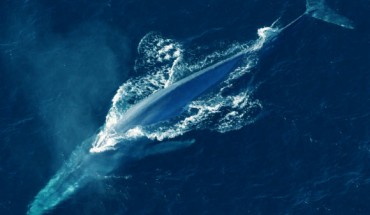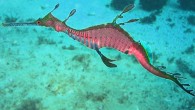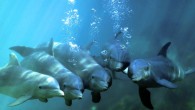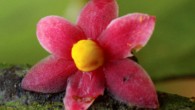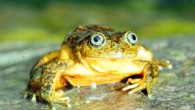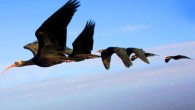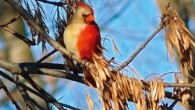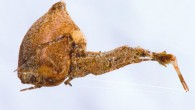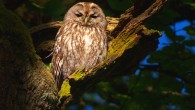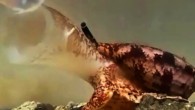A study reported in the journal Science provides new support for the so-called Cope’s rule – a theory in biology that states that animals tend to evolve toward larger sizes over time. It reveals that over the past 542 million years, the mean size of marine animals has increased 150-fold. The blue whale (Balaenoptera musculus) is the largest extant animal and the heaviest that has ever existed. Image credit: NOAA / CC BY 2.0. Named after American...

